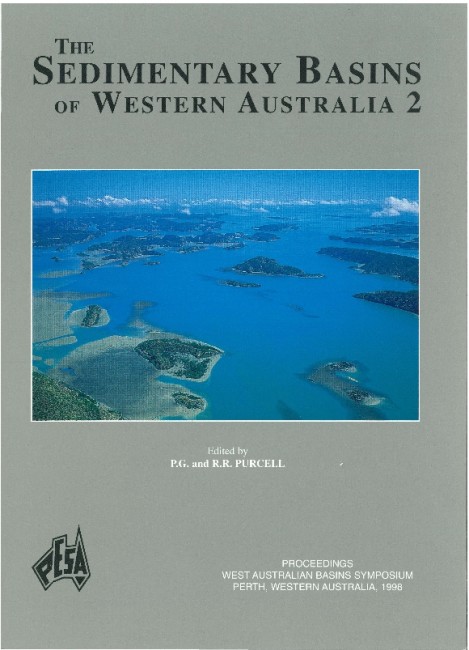Publication Name: The Sedimentary Basins of WA
Authors: B. G. K. van Aarssen, R. Alexander and R. 1. Kagi
Publication Volume: 2
Date Published: December 1998
Number of Pages: 17
Reference Type: Book Section
Abstract:
Recently developed biomarker technology has been used to correlate sedimentary sequences on the North West Shelf. Higher plants present at time of deposition of the sediments leave a fingerprint in the form of chemical fossils. This fingerprint reflects the changes in the floral distribution on the hinterland through time. These changes in environmental conditions are most likely associated with climate changes. The higher plant fingerprint was measured for three Middle to Late Jurassic sequences from the North West Shelf. The results show that a significant climate change took place during the Oxfordian and affected the whole North West Shelf area. This climate change probably led to the dominance of conifer type trees. This event is reflected in a very similar manner in the higher plant fingerprints of the three North West Shelf wells and can be used to correlate sedimentary sequences. A modified higher plant fingerprint - the higher plant parameter - was measured for acombined set of samples from three wells in the Carnarvon Basin, representing the complete Jurassic period. It shows that the palaeoclimate in the Carnarvon Basin changed in a cyclic fashion during the Jurassic, coinciding with second-order sea level changes. The proposed changes in the climate are in good agreement with geological data.


